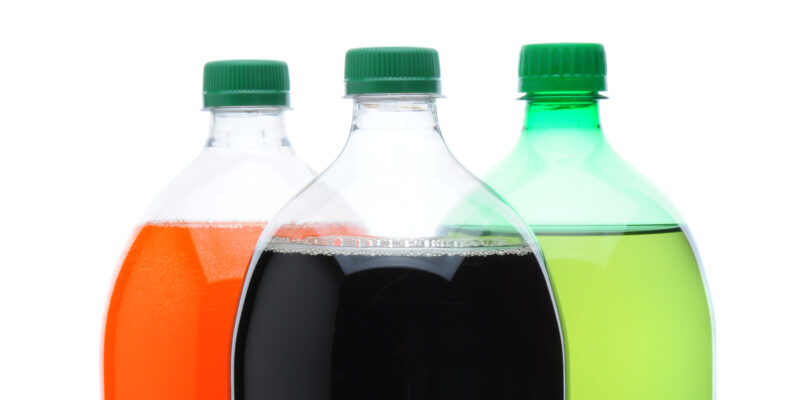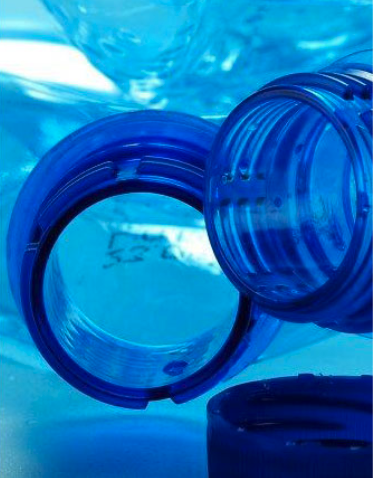Key Points/Overview
Paraxylene is also known as p-Xylene and primarily serves as a building-block chemical to create PET plastics and polyester. Bottles made from PET plastic are widely used as containers for water, sodas and other beverages because PET is lightweight, shatter-resistant and strong.
Most people will not come into direct contact with this chemical in everyday life, since it is a feedstock chemical used to manufacture other chemicals. Paraxylene is largely handled in industrial settings and industrial workers who use this chemical must follow safety protocols outlined in their Safety Data Sheet to avoid harmful amounts of the vapor released from paraxylene.
Paraxylene is flammable, so proper storage and handling is vital to avoid potential ignition.
Uses & Benefits
Paraxylene is widely used as a feedstock (or “building block”) to manufacture other industrial chemicals, notably terephthalic acid (TPA), purified terephthalic acid (PTA) and dimethyl-terephthalate (DMT). TPA, PTA and DMT are used to manufacture polyethylene terephthalate (PET) polyesters, a kind of plastic.

Bottles made from PET plastic are widely used as containers for water, sodas, and other beverages because PET is lightweight, shatter-resistant and strong. In addition, PET helps keep the fizz in carbonated beverages because it has strong carbon dioxide barrier properties.

Other PET uses include: containers for toiletries, cosmetics and other consumer products; fabrics for curtains, upholstery, and clothing; films for x-rays, magnetic tapes, photographic film and electrical insulation; and packaging for boil-in bags, processed meats, shrink films and blister packs.

Safety Information
Paraxylene is predominantly an industrial chemical. Therefore, most opportunities for human exposure to paraxylene occur at the industrial facilities where it is handled.
Because paraxylene is flammable, industrial facilities handle it with safety in mind, with procedures to avoid exposure to possible ignition sources and by ventilating storage areas. Industrial facilities also have procedures to avoid accidental release into the environment and to store paraxylene in an appropriate containment system in a cool, well-ventilated area.
Paraxylene is generally considered to have low acute toxicity at levels found in the workplace. Exposure to high levels of paraxylene vapors can lead to drowsiness and dizziness, and contact exposure to the skin and eyes may result in dry skin, redness and irritation. If swallowed and then coughed up and inhaled into the lungs, paraxylene can cause lung damage or chemical pneumonia.
Workers with questions about paraxylene should consult the Safety Data Sheet and their employer for more information.


